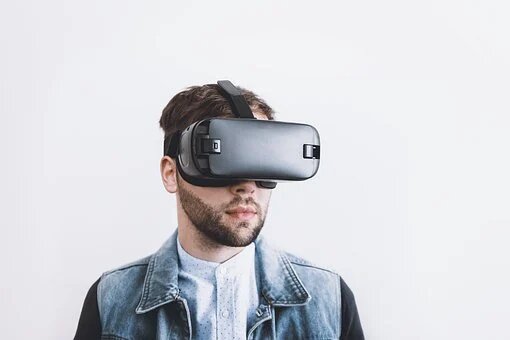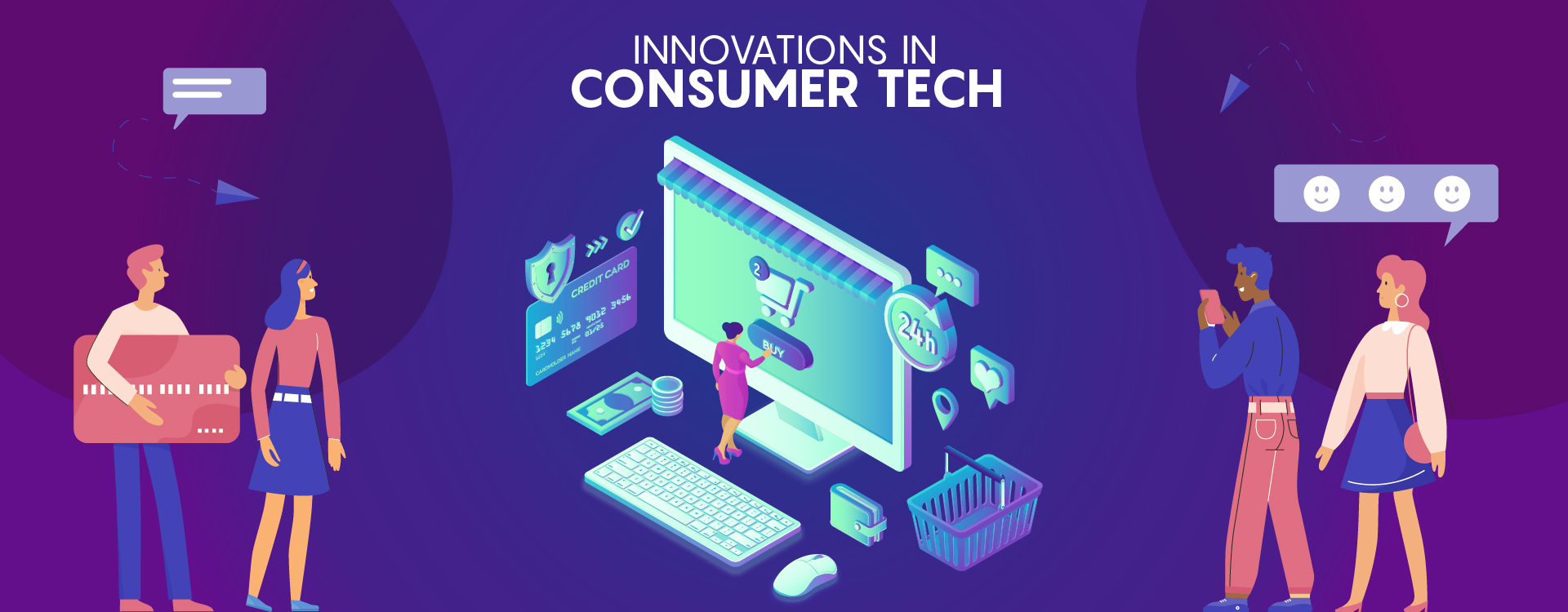Consumer technology (consumer tech) comes in different forms and offers a wide range of technological possibilities for all common elements in everyday life. We use consumer tech almost every day and for a large part of the day. Alphabet Inc. (Google), Apple, Alibaba, Samsung, Reliance Jio, Tesla, Yamaha, etc., are examples of large consumer technology companies operating worldwide. In driving a Tesla car or paying at a shop using Google pay, we use consumer tech for all our activities.
Technology around consumer goods and retail products is product-oriented and focused on transferring products from the organisation to the consumer. In brick-and-mortar stores, this transfer service includes products with specific or wait times as physical stores try to keep consumers for as long as possible.
New technologies have radically changed that idea, allowing consumers to invent, discover, promote and purchase products. With digitalisation, consumers have moved away from the delayed physical window shopping and now expect the transaction about the product to be a swift experience.
‘‘
The future of consumer tech will promote the growth of online customers and the improvement of service personnel.
New products and services in consumer tech
The 5G Rage and new age devices
Devices connected to 5G networks or the latest 4G, LTE, or other cellular networks have transformed the modern age’s internet revolution. The new devices like smartphones and computers work on networks that receive mobile repeater signals and provide users with an ultra-fast internet connection. The most basic forms of consumer electronics that fall into this category are smartphones, tablets, computers and portable access points.
IoT Devices
IoT, or internet of things, devices connect to the internet or other types of specific wireless network applications for unprecedented visibility and user control. Some standard consumer IoT devices include smart devices (such as thermostats, locks, and application indicator lights), sensor-based products (such as door cameras that can alert users to movement), and various Bluetooth devices.
Self-driving automobile and car innovation
Since the Industrial Revolution, numerous innovations have transformed the automobile industry, particularly the invention of the Ford Model T- the first car to have ever been manufactured on a massive scale.
Today, automobiles have become the most important types of consumer tech around the world. With the improvement of technology, cars are becoming faster, better, and even self controllable.
Vehicles often have high-tech functions such as built-in GPS, automatic steering, automatic braking, lane departure warning, a rearview camera, power steering, and various online and offline tasks that can enhance the safety and convenience of driving.
Today, top carmakers like Audi, Range Rover, and others are following Elon Musk and Tesla’s lead in making vehicles that are entirely powered by electricity and have the capability of auto-driving. The electronic vehicle (E-vehicle) market is pegged to be one of the fastest-growing segments in the world.
New age consumer tech-driven fitness equipment and devices
Fitness technologies and consumers tech are fully integrated into the industry. People use devices that monitor their daily goals and participate in activities or workouts, working effectively on consumer tech. But, mobile fitness devices aren’t just about fitness anymore.
Technologies like devices maintaining a user’s body temperature using air filtration technology have proven vital in fitness and life-saving aspects. Additionally, consumer tech has far surpassed the fitness and equipment industries.
Wearable consumer technology mainly includes smartwatches, fitness trackers, clothing with alarms and frequency monitoring technology.
Gaming and consumer tech
From the boom in the late 1970s to the 1980s, the video game industry has exploded to become a multi-billion dollar enterprise. Today’s commuter gaming systems offer 5K internet graphics games, flash processor speeds, and more editing capabilities than game designers.
Video game consoles, games, software, gaming PCs for virtual reality devices, handheld game consoles, add-ons, and accessories primarily are the new gadgets in the consumer tech that make up this segment.

Consumer Tech has changed people’s experience and expectations
Customers expect an omnichannel service experience
Physical markets are no longer the only place where customers interact with businesses. By using social media, e-commerce and third-party websites, customers can connect to companies from various digital media.
This increased reach has increased the demand for better experiences across channels. Multi-channel support offers the connection of communication channels, allowing multiple groups and customers to work efficiently.
Change in digital communication
The advent of videoconferencing changed the telecommunications industry starting in the 90s. And over the decades, the trends have shifted more to messaging and calls over the internet. People increasingly prefer to communicate on the phone rather than by email.
Companies are bringing in technology that combines interaction in real-time with realistic augmented services like AR and VR. A lot is expected from the real-time messaging services and other media.
Remote operations to become routine
The future of consumer tech will promote the growth of online customers and the improvement of service personnel. Service personnel are not limited to call centres. As the COVID-19 pandemic showed, it is very much possible for employees to work remotely, and even productively, when the threat of a pandemic isn’t looming around.
Users can now access most service channels in addition to offices and call centres. Stakeholders can manage teams and workflow via emails, smartphones, live chat and social media.
Most business telephonic services provide cloud-based solutions that allow working from home. As companies recognise potential savings in reducing office space, it will become standard for service personnel to work remotely.




